Home videos are a time machine. Over Christmas break, I found myself lost in nostalgia, watching grainy, wind-muffled footage of 5-year-old-me. We huddled around the TV in a dim living room with flickering walls, captivated by this portal into a forgotten world.
It brought the expected waves of nostalgia, but also, hints of paranoia. I remembered how fickle my memory is; and how only a small sliver of my life on Earth is recorded into plastic. My past is a cartoon mystery.1
So I did the sensible thing: I bought Ray-Ban glasses with built-in cameras so I would never forget a thing.
Now, you might be thinking, “Didn’t Google Glass try this and fail?” Yes, miserably; but this time it’s different. These are cheaper and sleeker, less invasive and actually useful — the cooler, more socially acceptable cousin of Google Glass.
I got these on New Year’s Day, and I’ve worn them every day since; all day (sleep, sex, and showers excluded), for 75 days. My photography habits changed. I went from 1-2 daily pictures, to 35 first-person videos a day. Unlike the rest of my half-remembered dream of a life, my 2023 is captured in a vivid array; a mosaic of 2,500+ flashbacks.
Is life better? Or have I devolved into a Gollum-esque beast, a memento junkie with bluetooth brain-rot, enslaved by my own palace of the past?
Let’s unpack the phenomenon of “memory capture.” The technology around it comes with social and psychological shockwaves. These magic glasses are a new paradigm in personal photography, and while the flash-impression is DYSTOPIA! — the side-effects are surprisingly zen.
Yearning for Home Videos
The long, unedited camcorder cuts from the 1990s are so refreshing (especially in today’s era of TikTok consciousness). The camera felt invisible. No one seemed to notice or care they were on tape. It showed the “fly on the wall” perspective. No posing. No canned smiles. No duck-lips. It just fluttered around the backyard, capturing everything as it was in April of ‘95 — the house before the renovation, the dead relatives, the regrettable mushroom haircuts.
Then I saw myself. I saw 3-foot Michael playing backyard baseball, and it rewired my personal mythology. I wasn’t the mouse that lived in the walls of my memories. I was loud and crazy, loaded on sugar and full of life, fighting the umpire, and leading my cousins in a battle of plastic bats. That was me? I must’ve been poisoned by my limbic system to remember myself as a shy cartoon rodent. I’m grateful for the tape’s resilience through time, unlike my wetware.
Then suddenly, the video jumped from April to August. Four months! Evaporated. Who knows what happened. Even the best times, the peak moments that give life meaning, all collapse into the blackhole of lost memories. No one escapes time’s relentless melt; and as it marches forward, our brilliant past becomes hazy until it fades to a blanket of grey clouds, like the celestial heavens hiding in light pollution.
Our fragile memory feels like a bug to fix. So what do we do? As monkeys with a history of tinkering, naturally, we build stuff. We seek to become immortal. The impulse to freeze moments into media has persisted through history, from prehistoric statues, to ancient writing, to Renaissance portraits, to miniature pocket cameras.
There’s always an army of Luddites screaming to stop the train. Even Plato, in all his wisdom, begged us to reconsider the pen. In hindsight, all of those inventions seem obviously worth the risk. But there’s always the fear that we’ll cross an irreversible line, spawning some demonic brainchild that will short-circuit our Stone Age psyche.
Enter: $300 Ray-Ban glasses with two built-in 5-megapixel cameras.
Return of the Glasshole
The arrival of Google Glass in 2013 was a watershed moment; it marked the birth of a sci-fi fantasy: augmented reality goggles. Picture Tony Stark, but for the common man. In addition to taking phone calls and flashing driving directions directly into your retinas, it could take POV videos.
The launch of Glass wasn’t subtle — “it exploded with the kind of fuss and pageantry usually reserved for an Apple iSomething.” In “Why Google Glass Broke,” Nick Bilton lays out the excessive hype:
“It was.. yearned after by everyone from nerds and chief executives, to chefs and fashionistas. It was the must-have toy that was going to set the gold standard for a new class of wearable computers. Time Magazine named it one of the “Best Inventions of the Year.” It got [a] 12-page spread in Vogue.. “The Simpsons” devoted a show to [it]. Glass did the rounds on.. [”SNL”], “The Colbert Report,” and countless YouTube [channels]. Presidents .. around the globe tested them. Prince Charles wore a pair. As did Oprah, Beyonce, Jennifer Lawrence, and Bill Murray.”
The most powerful people in the world were allured to the exotic premise — a face computer to save your memories from the abyss. If you don’t know, the whole thing was an epic flop. Where did it go wrong?
They were ugly, expensive, and useless.2 For $1,500, you got a silver bar that levitates over your forehead, propping a tiny AR screen and a hot computer with a 30-second battery life. Cyborg-chic. They didn’t look like glasses, and that freaked people out.
The biggest miss though, the thing that spiraled San Jose into paranoia and caused the whole project to get canceled, was the absence of a proper recording light.3 Without any notice, these “Glassholes” could be capturing your every move. Family and friends had to watch their words. It was so ambiguous that the worst of intentions were assumed. Privacy was threatened and backlash was heavy. Glassholes were tossed out of movies, bars, casinos, and parties.
This was AR’s Hindenburg moment.4
It crashed and cast a long shadow over the whole category. The faith in wearable computers was sucked out of the public’s imagination, and the whole concept veered into “flying car territory” — a tantalizing vision from popular culture turned to dust upon entering reality.
But a decade later, we’re having a “Return of the Glasshole” moment. The premise of a wearable memory machine is back, but refined. I’m writing this from a cafe, and no one knows I’m wearing a computer over my eyes. They’re discrete. Even from a 3-foot distance, you’d think they’re a normal pair of Ray-Bans.
When friends and family see me, they’re surprised by the Buddy Holly frames — “Michael, have you suddenly gone blind?” I explain there are cameras inside, that I’m running a weird experiment, and to not freak out. “Look!” I click my frames, and an obnoxious white light turns on.5 “It’s only recording when you see the light.” Tension disarmed. They know I’m not spying on their every move, and that’s a critical feature.6
As a product, it works. All-day battery. The speakers are excellent7; I take all of my calls from my glasses, and it connects to Spotify. Only $300. Seems like we’ve arrived at an evolution of a 'wearable computer' that’s actually useful. I’ve recorded over 2,500 memories, and continue doing so.
What could go wrong? Well, a lot. The hardware is made by Ray-Ban, but the software is made by the devil.
Cameras from Hell
When it comes to emerging technology, we have “ommetaphobia” — an extreme fear of our eyes. It’s an unspoken line that technology should be careful crossing. We feel safe with our hardware in our packet, but when it crawls up towards our eyes, we worry; it aims to distort our lens to reality. Pair this natural fear with the biggest, baddest social media giant, and you have a hard sell.
The Ray-Ban Stories come from Reality Labs8, a research unit of Meta (formerly known as “The Facebook”). Their brand is polluted from rabid tech-reporters, tone-deaf marketing, and a shady history. But underneath it all, they’re pouring tens of billions into immersive computing, and it’s very possible they’re building our future.
Imagine a society where millions of people wear all-day capture glasses. Imagine if all your split-second glances get translated into personalized hologram ads in your kitchen. Be careful where you look. Hopefully we don’t venture into a hellscape like this.
These companies are stepping into the role of an all-seeing-God. The memories of whole societies will be dwelling in an Oregon warehouse.
This is eerily reminiscent of the “Akashic records” of Hinduism — a cosmic repository of everything that’s ever been seen and heard. Meta has already experimented with converting the ‘ego-centric capture data’ of it’s employees into a full-out 3D model of Menlo Park.
This feels like a classic “Faustian bargain” — a deal with the devil that seems innocent and even helpful at first, but eventually delivers some twisted fate.
We saw the cautionary tale of perfect memory play out in the Black Mirror episode, “The Entire History of You.” A couple is able to retain all of their memories through brain implants. It’s rosy and beautiful at first, and quickly devolves into jealousy, addiction, and despair.
It’s not easy to associate some innocent features with the downstream degradation of culture. Take the smartphone camera. It made photography miniaturized and mainstream. Seems innocuous. We all have one. But they’ve low-key invaded our lives and hijacked our presence. We experience rock concerts through glass screens. Our social events are filled with artificial poses. The front-facing selfie camera sucked a generation into their own reflections, fueling mass-scale narcissism and suicide epidemics.
I’m not saying we should stop using our phone cameras — all I’m saying is the form factor of our existing memory devices are already pretty destructive. For some it’s fine, for others it warps reality. After wearing the Ray-Ban Stories for 75 days, I have a felt sense of the new paradigm.
It promotes a different psychology; feeling less like a slip into dystopia, and more like a revival of the home movie.
Pay Attention
These glasses make capturing memories second-nature. It’s shockingly fast. In 0.4 seconds, as quick as I can scratch an itch, we’re live. It’s 20x faster than reaching into your pocket to pull out your glass rectangle. There’s a button resting right above my right eyebrow — ever-present, every-ready, waiting to be clicked.
If some spontaneous situation presents itself, I’m ready. I captured the raccoon skirmish outside the patio, the adorable spasms of an infant, the eruption of a board game victory, the fleeting glimpse of an aesthetic beauty that rushed by on a fast-moving train, the dog shitting, etc.
An important point here — the glasses aren’t always recording. You can only capture 30-second bursts.
You have to remember to record; to shock yourself out of auto-pilot and declare, “this is worth saving.” When all of life is a canvas for capturing, your art emerges from your attention.
Too often, I black out. “How did I forget to record that entire event.” I wore these silly monocles for nothing. It’s gotten me to realize how often I’m outside of a moment. I move through a series of local illusions, not appreciating the situation. I’m often distracted, looping, scheming, and sleepwalking. But when I’m truly there, in the scene, with mindfulness, perspective, and gratitude — I get that calming itch to hit record.
Putting these on each morning is a superpower. I turn on “dharma-vision.” It’s a reminder to see through illusions and into the true nature of reality — impermanent, interconnected, and sublime. There's a poetry to the mundane if you’re looking.
We don’t have a great word for “continuous attention.” Beyond the modern conception of “flow,”9 we’re missing a word for maintaining presence as you rapidly switch between the demands of a modern day. It’s a sensory, social, and psychological barrage. How do you maintain a stable locus of attention through the chaos?
There are obscure words across history that touch on this, but my favorite comes from the Greek stoics of the BC times.
“Prosoche” — the state of continuous, vigilant, and unrelenting attentiveness; to the present impressions, desires, and actions that shape one’s moral character.
These glasses don’t enhance my vision — they remind me to pay attention (all day), to live ethically, and to break out of the prison of thought. The challenge to ‘not miss the moment,’ leads to a form of technology-enhanced mindfulness.
Flicking through thousands of POV memories is a surreal experience. I have an re-run of every day. It’s an imperfect capture, but it’s there in essence; like a HQ home video streaming from your eyes. The hands-free perspective makes it closer to reality than a smartphone, and it’s especially neat for racquet sports, cooking, and shoe tying.
Here’s a week of footage compressed down to a minute.
When recording is easy, you can capture everything, not just the peak moments that warrant a pocket grab. You get the full-spectrum of things; from highlights to the ordinary. You get the main event and the hallway chatter, the big get-togethers and small hangouts, in a crowd and alone, in nature and at the screen. The bright and gray fuse together into a proper flashback; a mosaic of memories without an agenda.
All this footage might seem silly now, but I’m betting it gets more valuable with time. Imagine seeing POV footage of your grandparents living life in the ‘50s. Their culture and lifestyle is alien to me, a cartoon generated in my imagination from fuzzy stories. The prime of their life was distilled down to a few dozen pictures, half of them portraits, most of them ripped and fading.
My grandkids will have a keen sense of life in the 2020s. To them, we’re living in an ancient world, and they’ll get that rush of uncovering the mystery of their past.
The coming AirPod moment
We’re on the cusp of a revolution in memory capture. It changes from a deliberate rupture from the moment, into an organic home video. You have to wonder, will these things take off?
Of the people I’ve shown it to, they seem to lean more towards “I kind of want that,” than “you are the slow death of society.” We might reach a tipping point in this decade. It could have its AirPod moment — when you look up on the subway and suddenly everyone’s a Glasshole. At least they’re not looking down!
As the lone guinea pig, I come with good news (so far). I haven’t spiraled into a nightmare. My psychology hasn’t cracked. People aren’t avoiding me.
As always, there will be surprise side effects when these burst into the daily lives of millions of people. But hopefully, this essay debunks the sci-fi paranoia.
These glasses solve a tension we’ve carried our whole lives. We typically think we have to choose between immersion and capture.
Do you soak in a moment at full-saturation, forgetting it forever? Or do you reach for your device, knowing your future self will want to relive it? Dharma-vision fuses immersion and capture.
For $300, I’ve gained an automatic, no-effort catalog of my past, as well as an incentive to carry my attention through the meandering twists of the day. Or, put simply, I have a camcorder strapped to my face and I’m loving it.
LET’S RIFF:
How has photography changed through your life, from childhood to the present day?
Would you consider wearing glasses with cameras in them? What’s the deal-breaker or game-changer behind your stance?
Do you think this form factor could help restore our culture’s shaky relationship with personal photography?
How might social norms evolve if a critical mass of people start using these?
What am I missing?
SPECIAL THANKS TO:
, , , andFOOTNOTES:
“Cartoon mystery” — a phrase for the simple, fuzzy, exaggerated past. The memory over-compresses our history, leaving us without a true sense of what really happened.
“Mr. Brin knew Google Glass wasn’t a finished product and that it needed work, but he wanted that to take place in public, not in a top-secret lab. Mr. Brin argued that X should release Glass to consumers and use their feedback to iterate and improve the design. To reinforce that Glass was a work in progress, Google decided not to sell the first version in retail stores, but instead limit it to Glass Explorers, a select group of geeks and journalists who paid $1,500 for the privilege of being an early adopter. The strategy backfired. The exclusivity added to the intense interest, with media outlets clamoring for their own piece of the story. As public excitement detonated, Google not only fanned the flames, but doused them with jet fuel. “The team within Google X knew the product wasn’t even close to ready for prime time,” a former Google employee said. The Google marketing team and Mr. Brin had other plans.” — from Why Google Glass Broke
Google Glass technically had a recording light, but it was small, and barely detectable in bright environments.
The Hindenburg Disaster — an example of an engineering marvel gone wrong, ending a whole category of transportation. After the 800-foot passenger blimp crashed and killed 35 people, it was the end of the airship era.
The recording light on the Rayban Stories are less bright than a blinding polaroid flash, but bright enough to be a dim flashlight in a dark room.
I have a history of orienting people to new paradigms of technology. When I ran a VR company, I introduced close to 2,000 people to their first ever “immersive” experience. So far, I’ve shown the Rayban Stories to around 50 people. There’s a common arc in their reaction. First it’s disbelief (they often think I’m joking). Then there’s confusion (”how is this possible?”) and a wave of clarifying questions. Soon after, there are waves of curiosity and wonder. Then they forget about it. There’s an art to making people feel comfortable for the first few recordings, involving humor and self-mockery. I’ll send people footage at the end of the day, and that’s when the full loop of ‘getting it’ is completed.
The Rayban Stories feature open air speakers, designed in a way to not disconnect you from the environment. You can have music on at 50% volume, and people within conversation distance won’t be able to hear it.
This comes from the same team that makes the Oculus Quest. The Quest represents a fully immersive experience, and the Rayban Stories represent a socially viable form factor. By the end of the decade, the company says the two form factors will converge.
Getting into a flow state usually means merging your consciousness into a single task. As soon as you do something else, you break flow. I don’t know a common words for a flow state that persists through context switching.

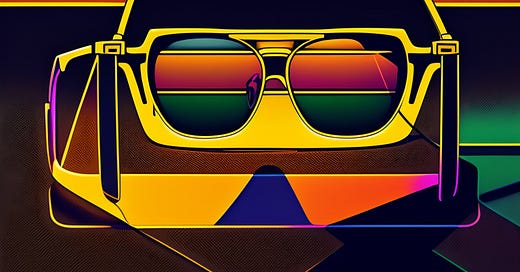



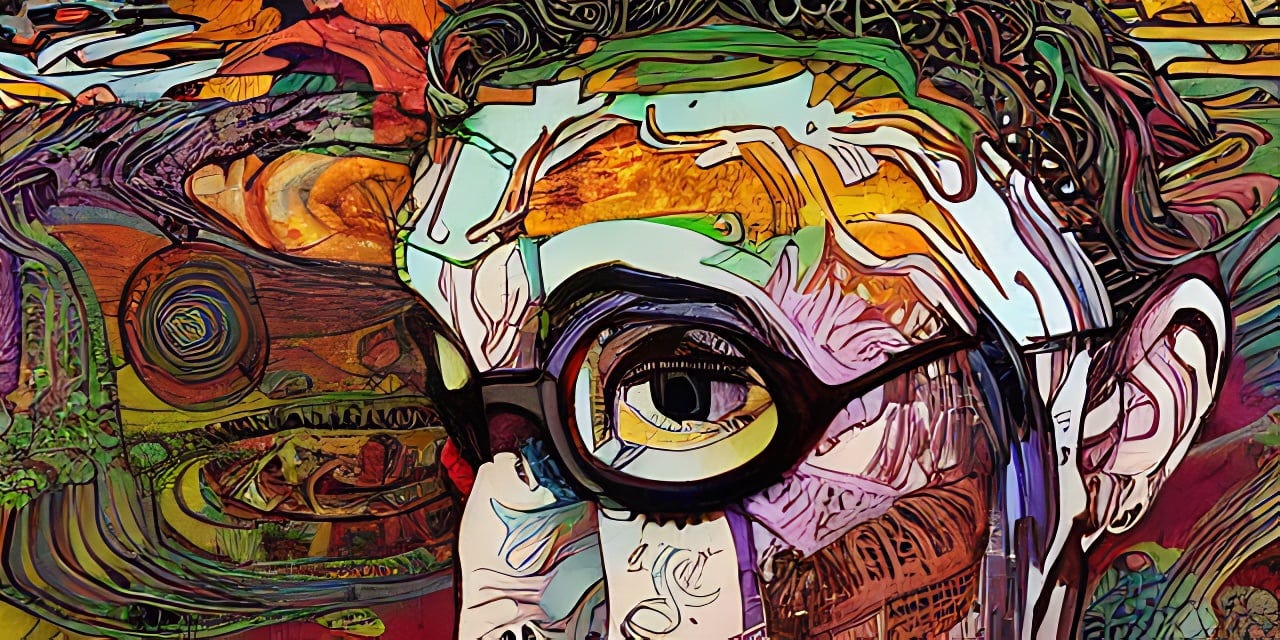
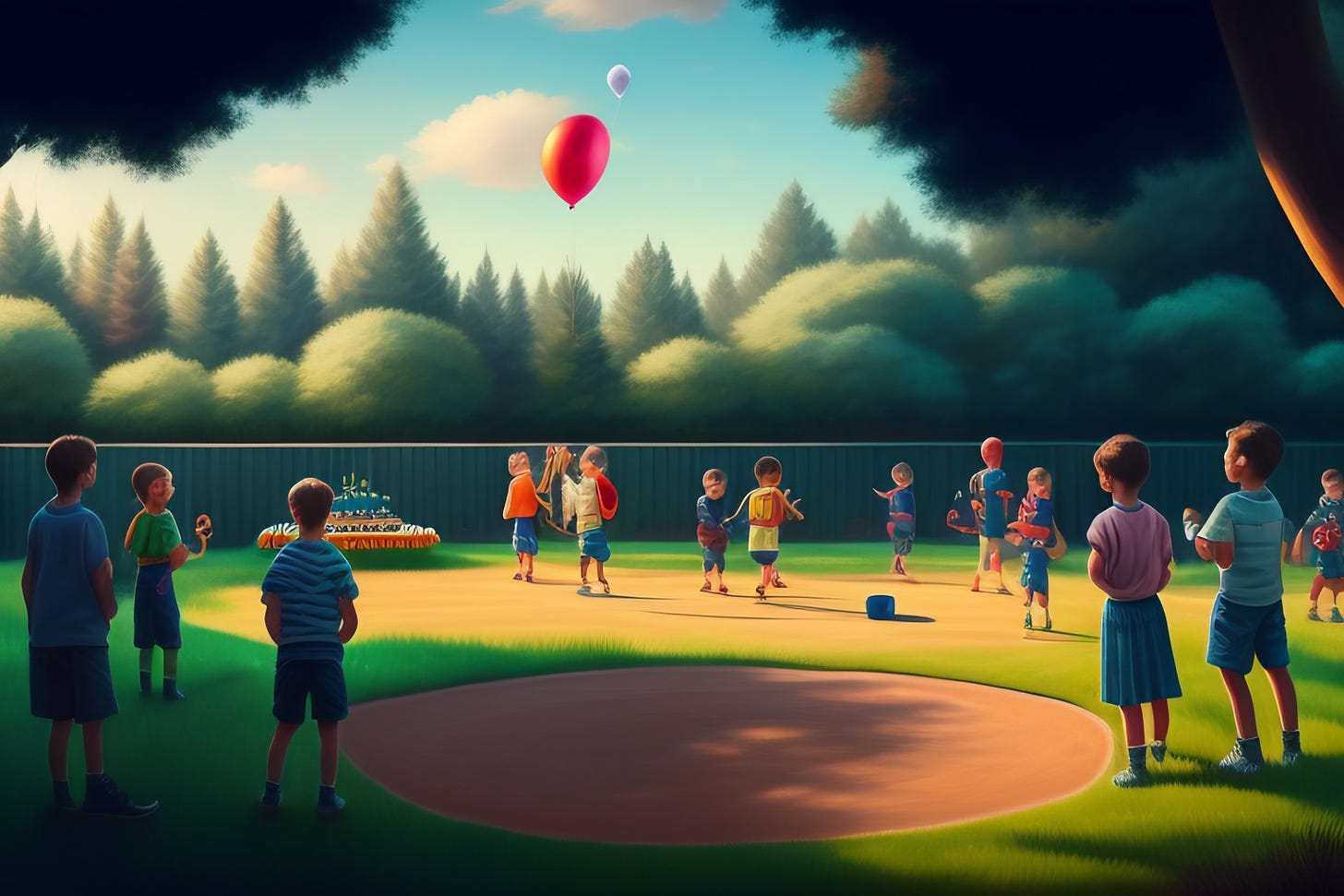
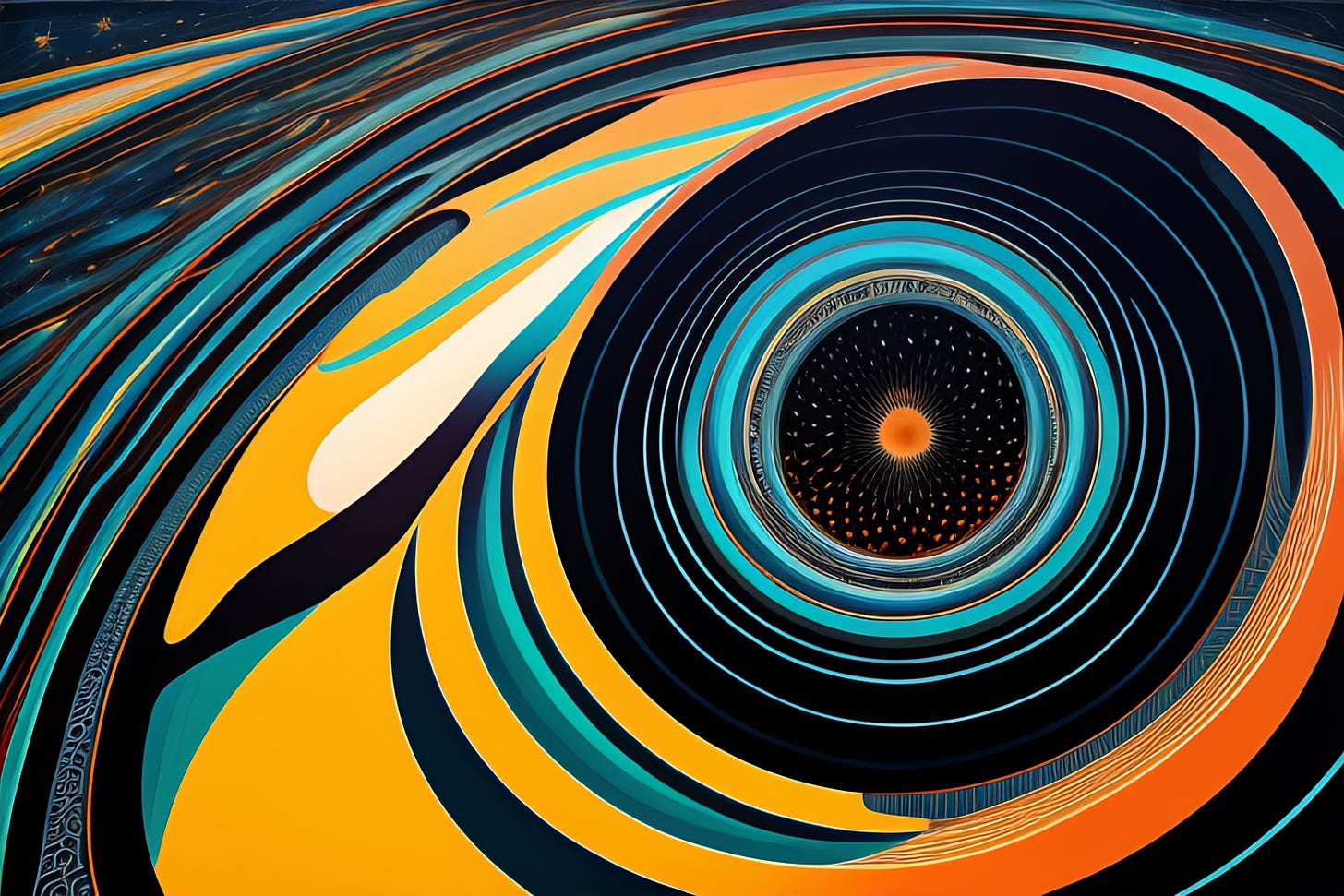
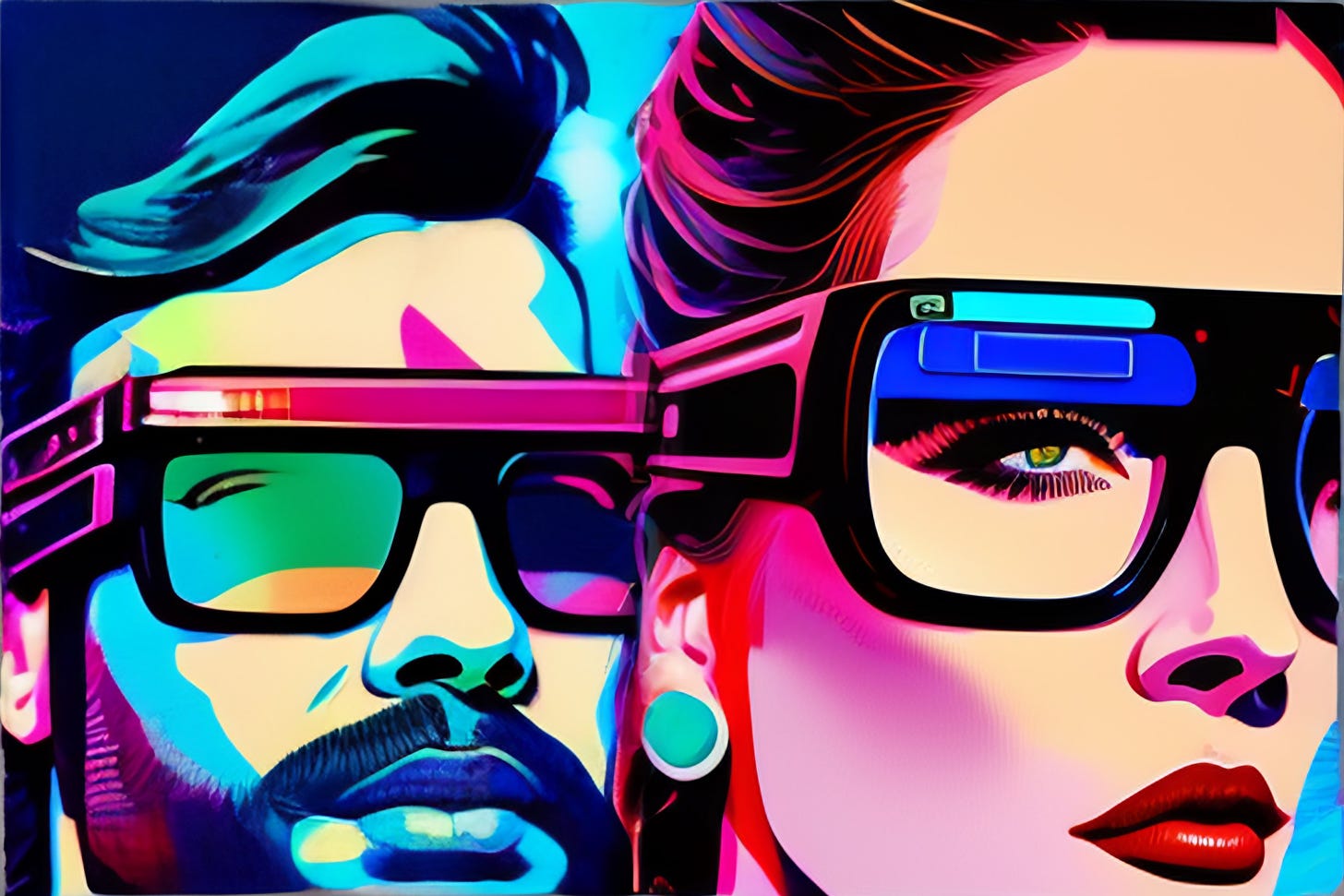
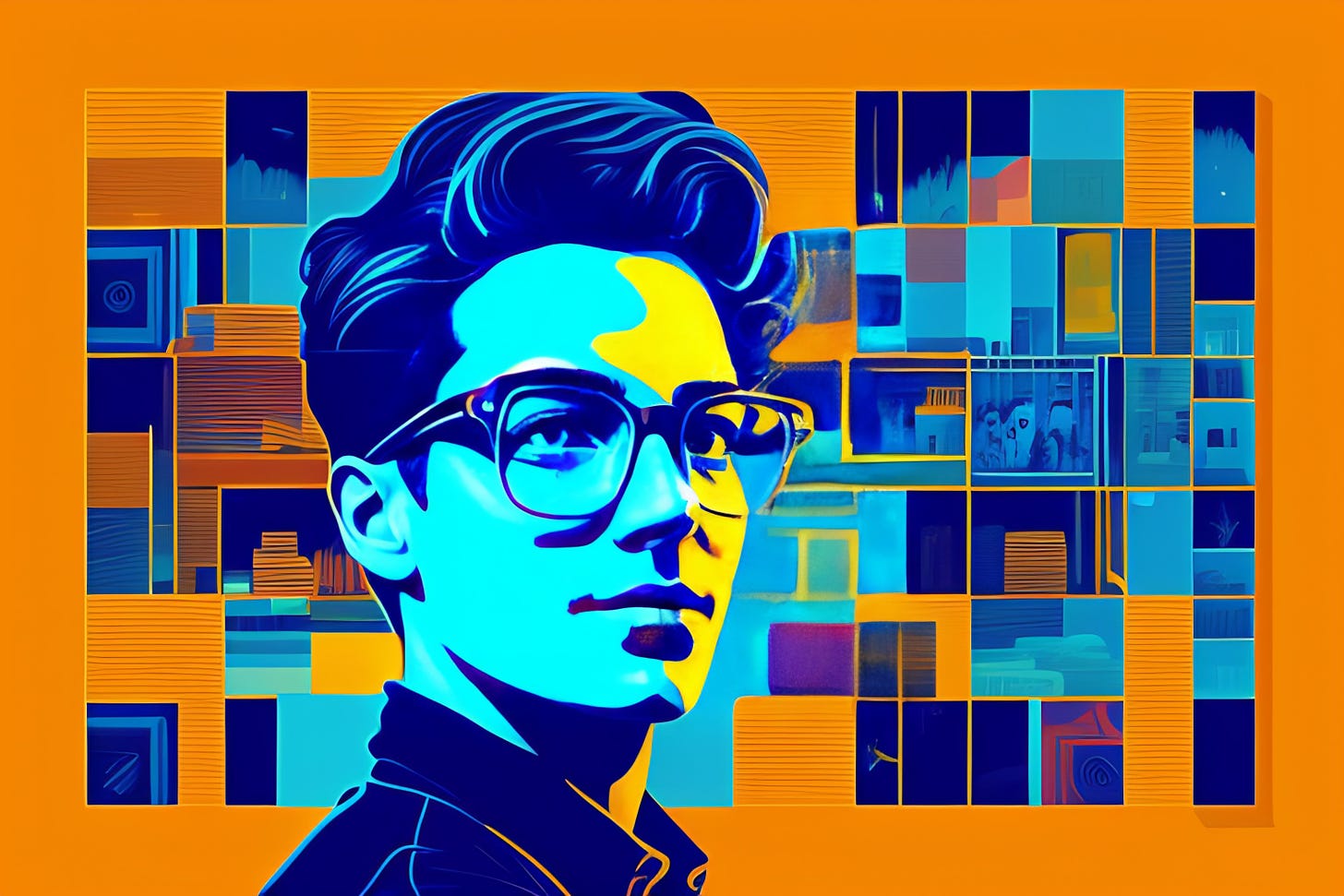
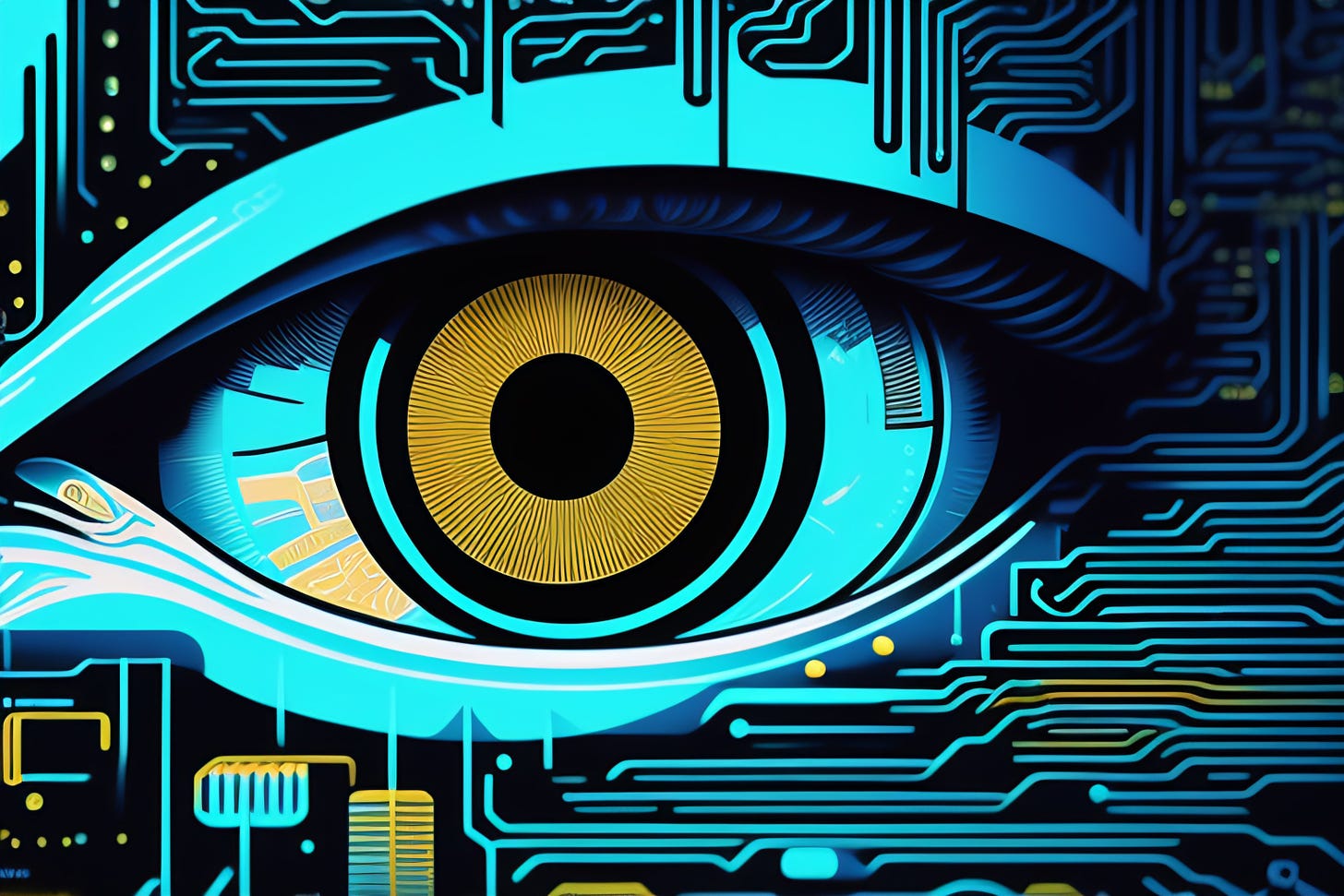
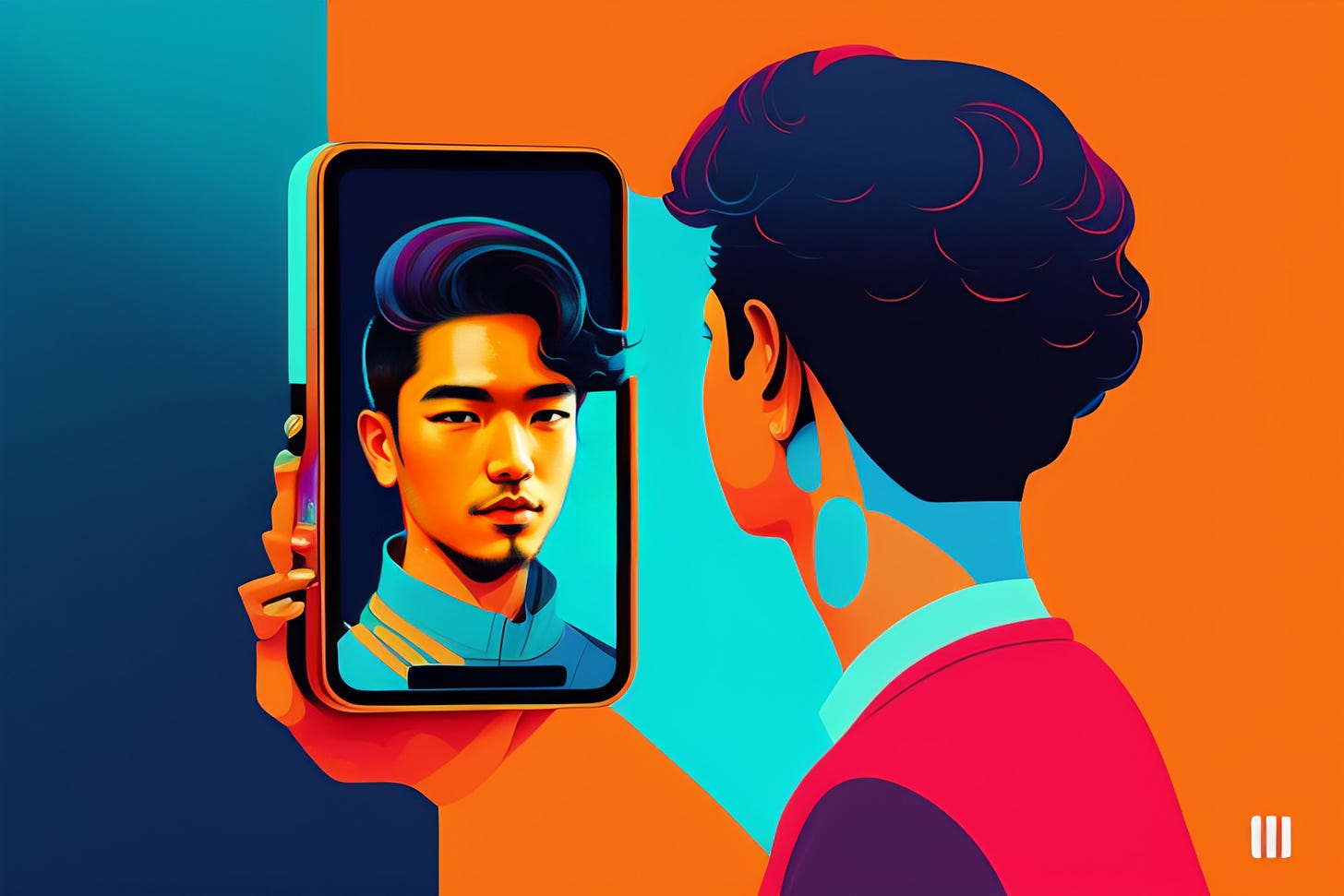
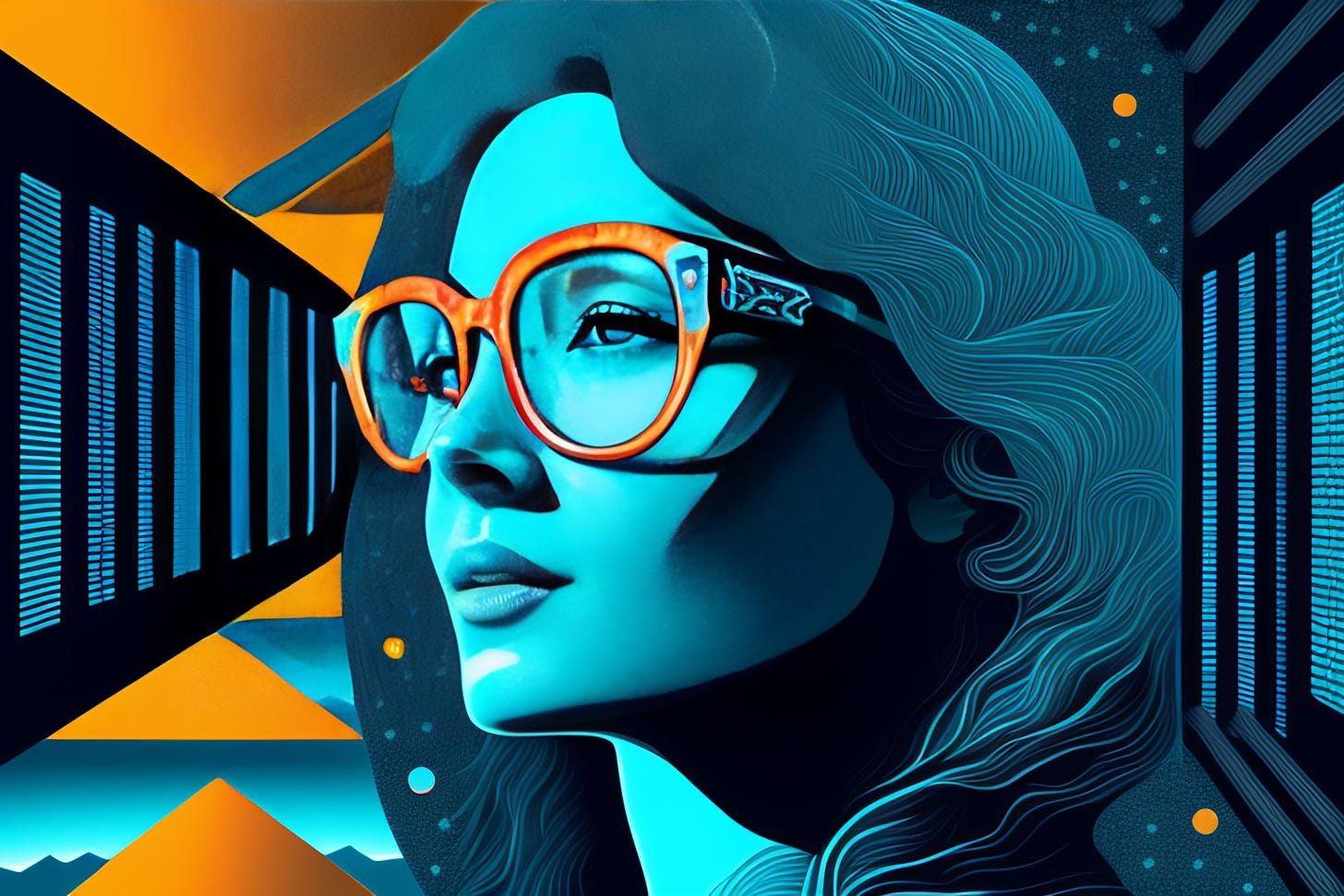
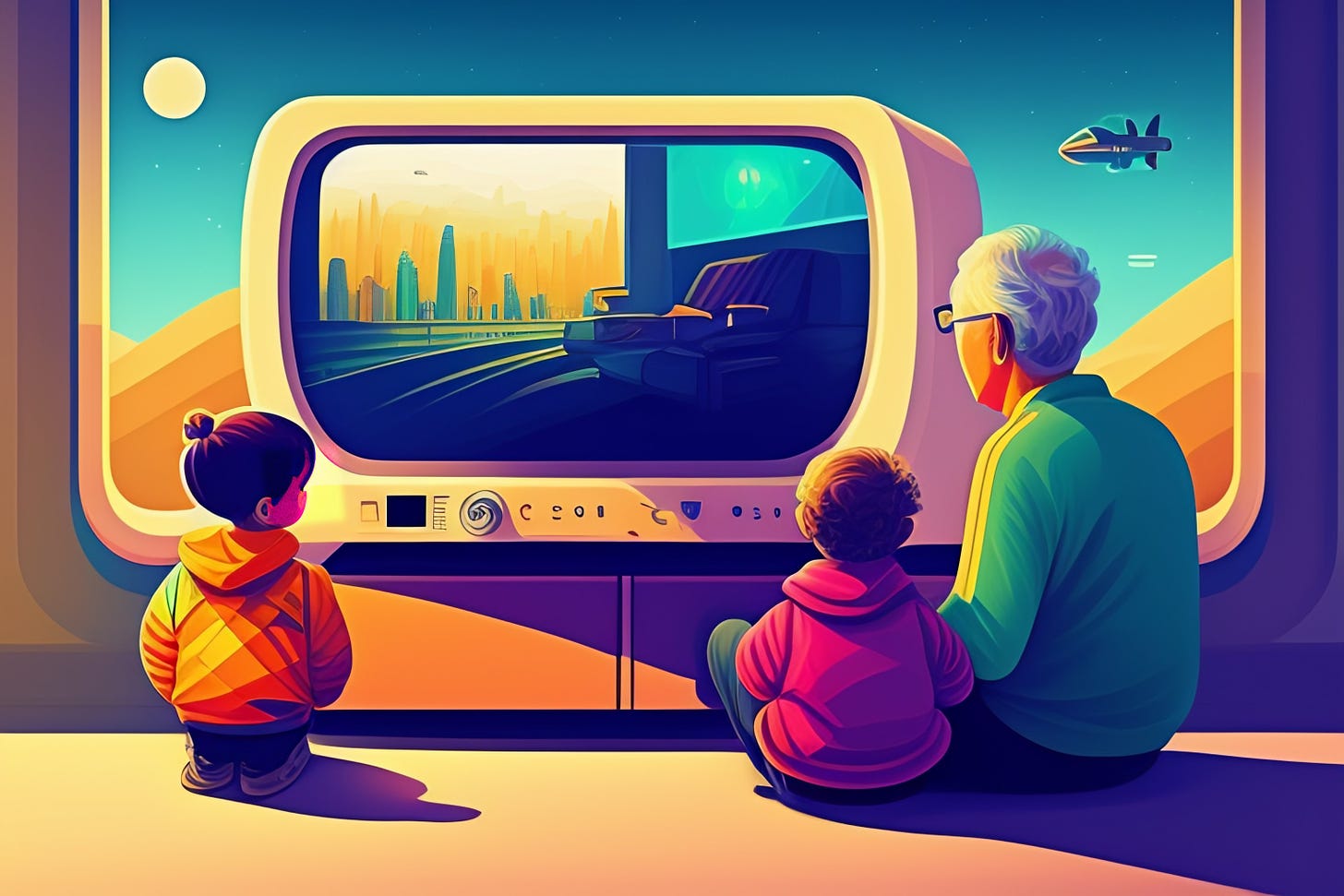
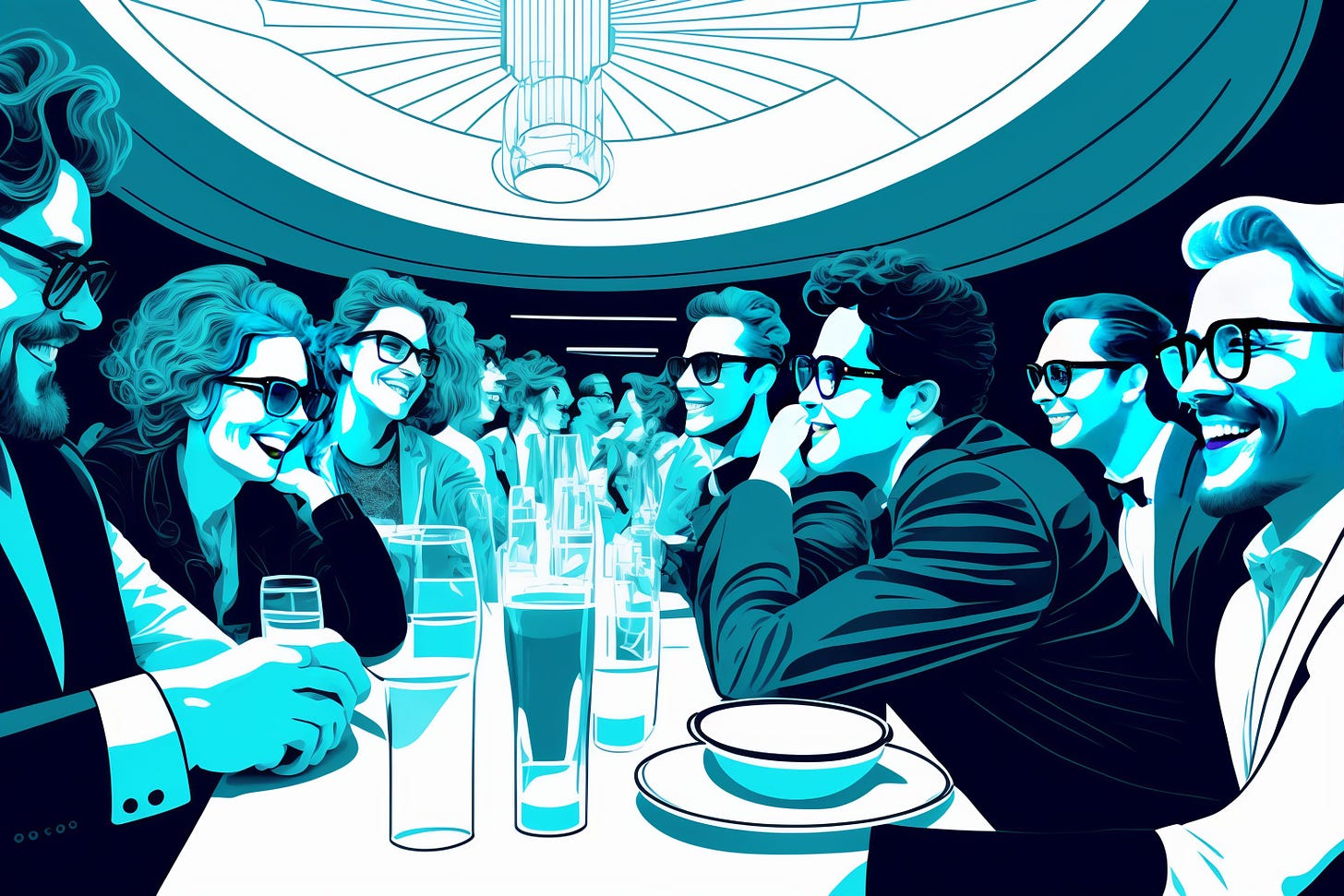
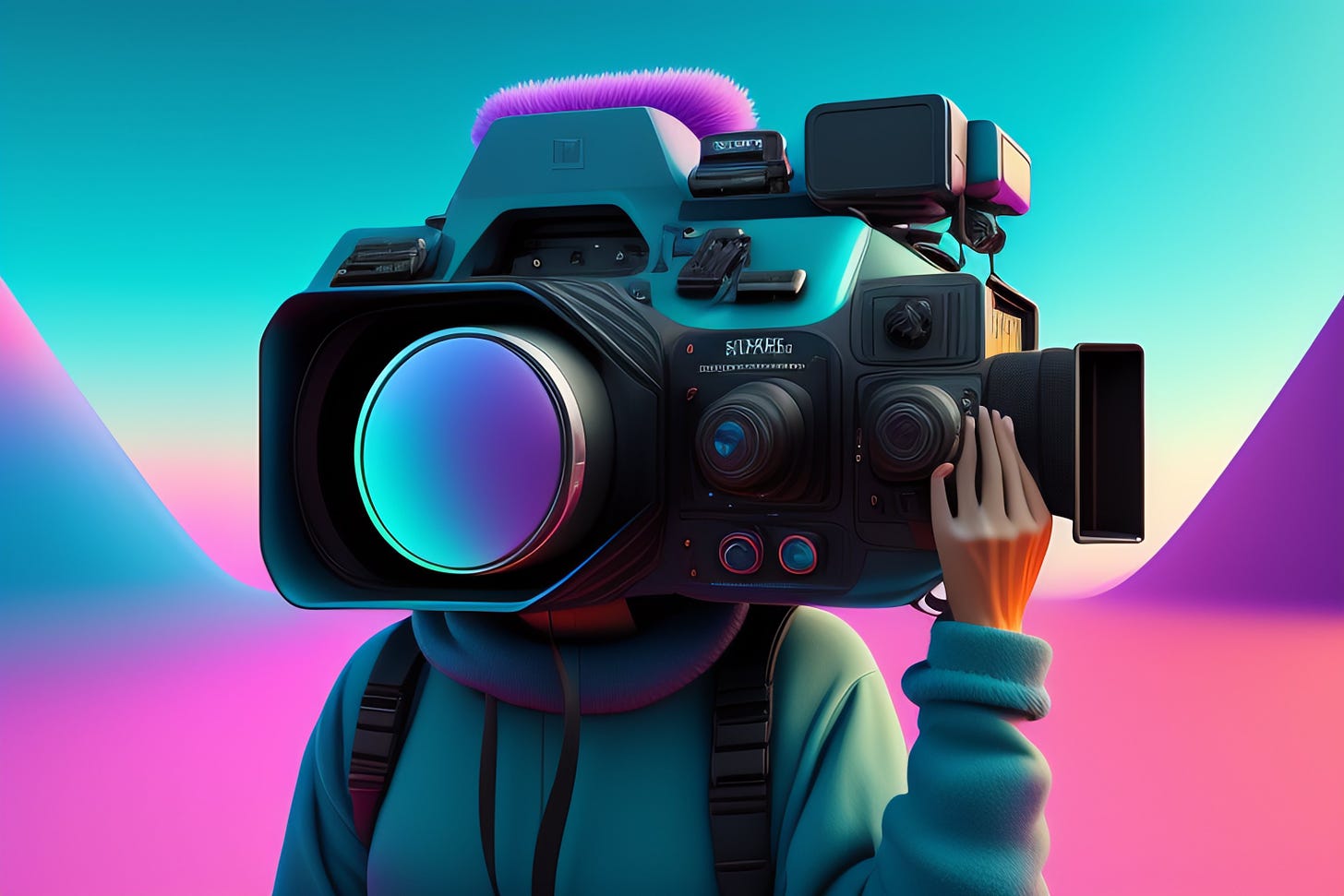
Wow thank you for the well written article.
I’ve tried an app called 1SE which stands for “1 second everyday” and has you capture regular, phone camera style a 1-sec video or picture and then it groups into a playback for the year. It was fun but doing it with glasses would def be easier.
Related to the sci-fi, actually have a book idea I’ve been trying to write for a couple decades about the memory storage technology. Eventually I will. More of a dystopian twist for sure.
Thanks for sharing your experience
The Shiny Dime for me is that these resolve the tension between immersion and capture. I always think of being present in the moment and capturing the moment as mutually exclusive. But you make a strong case that it might not be case.